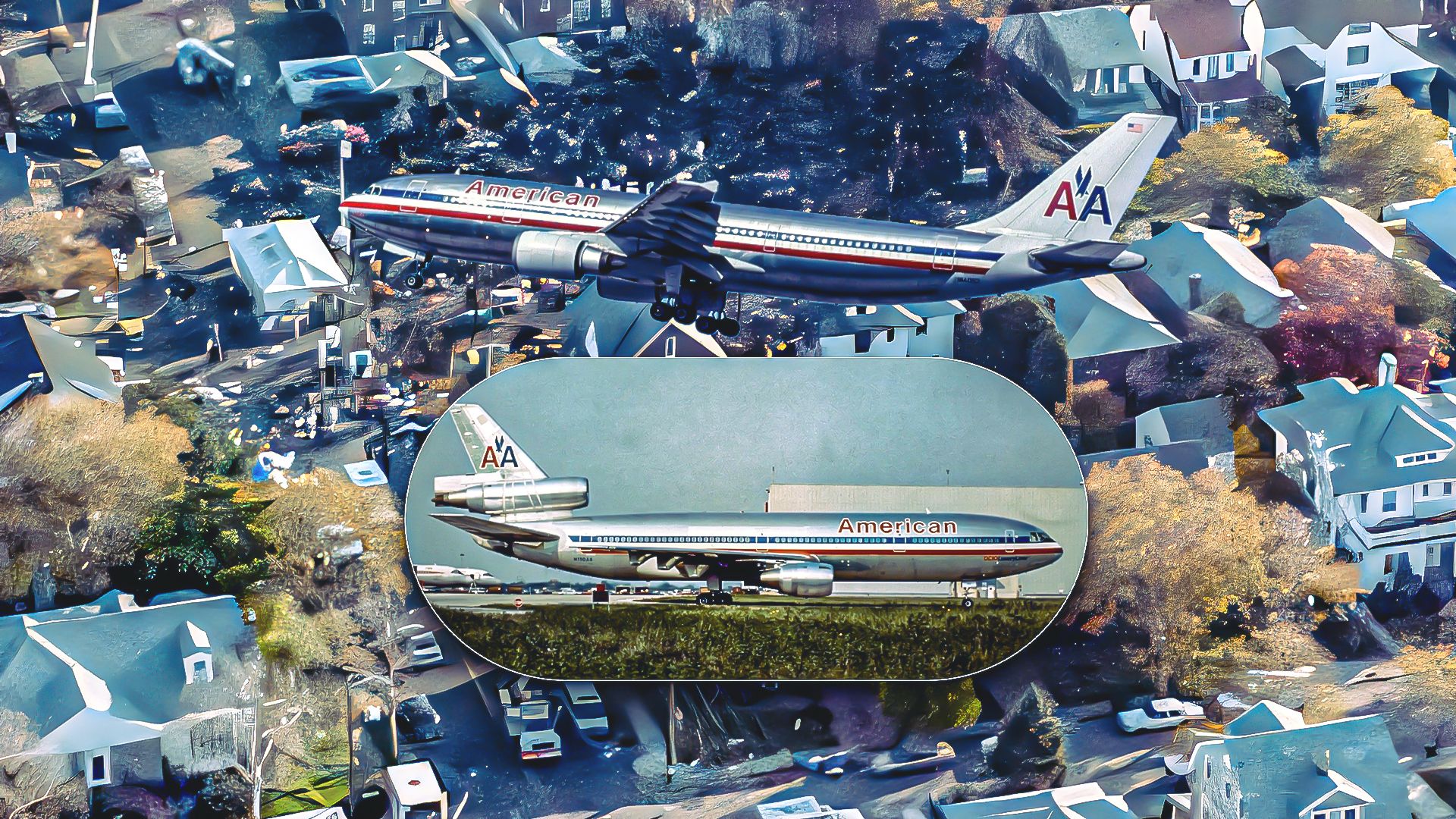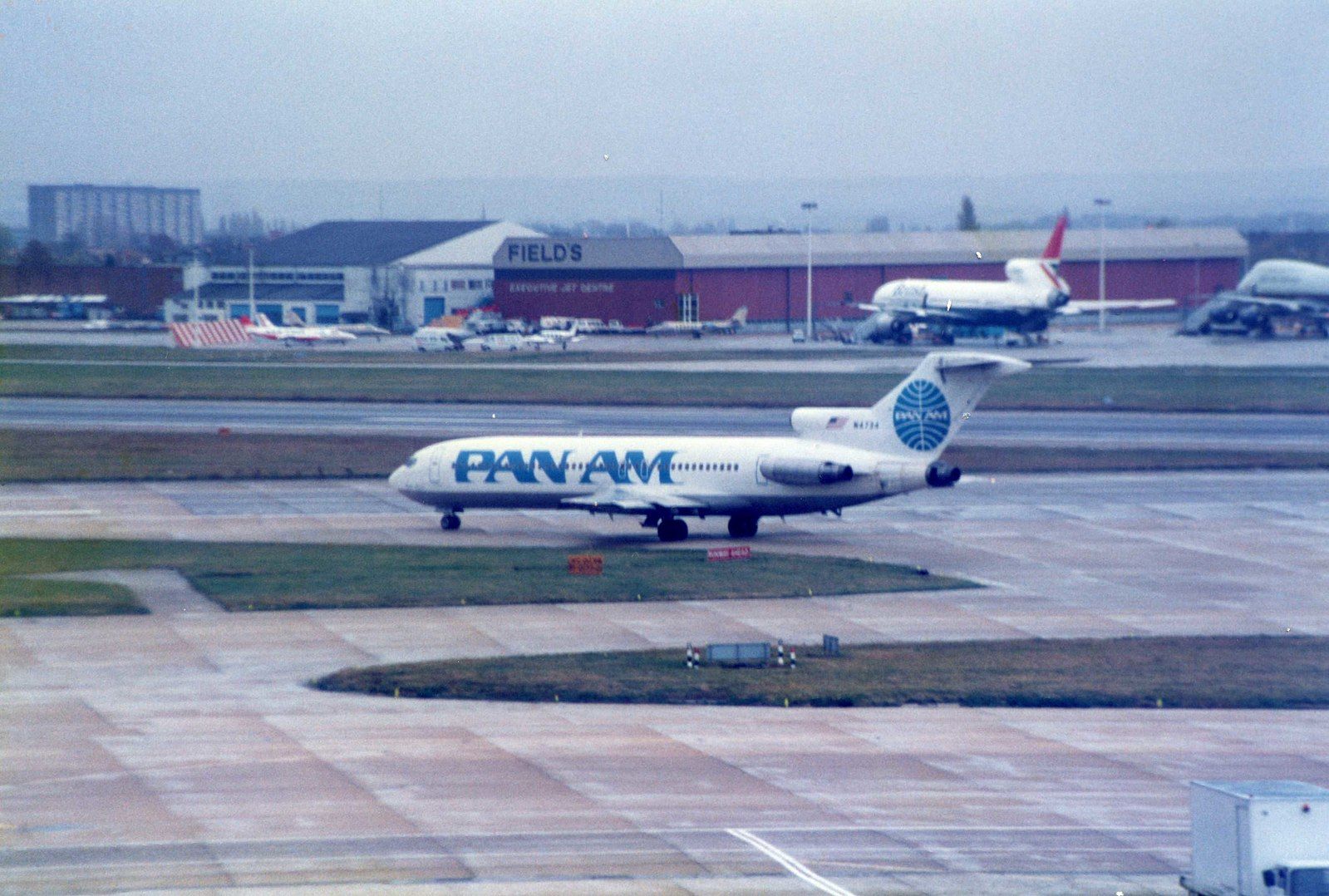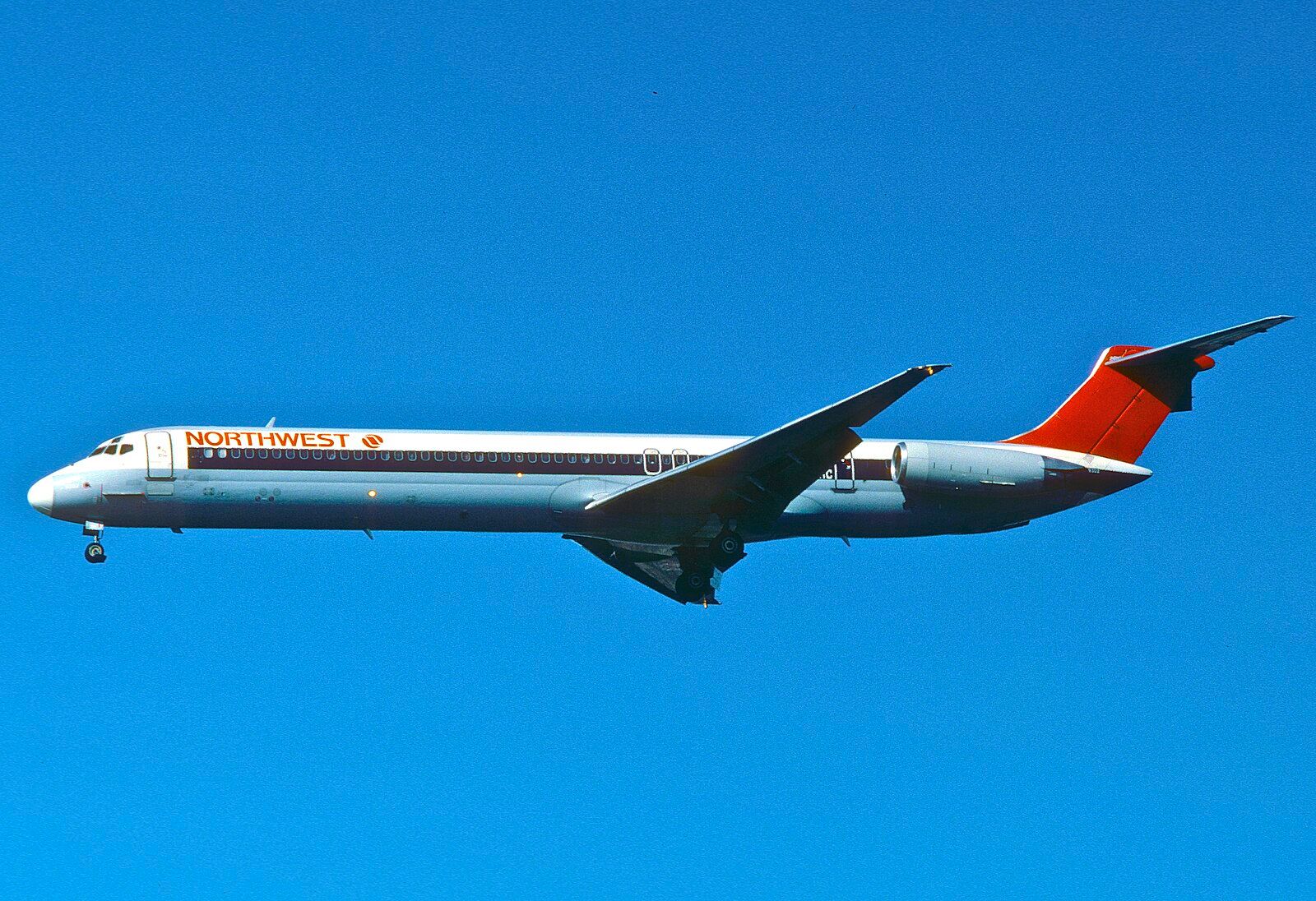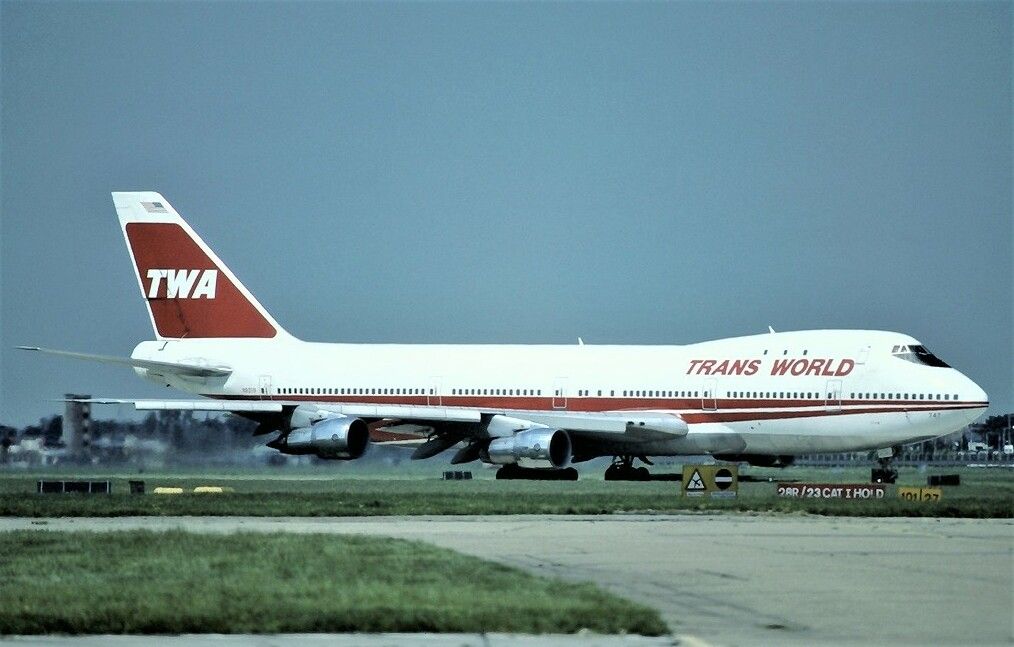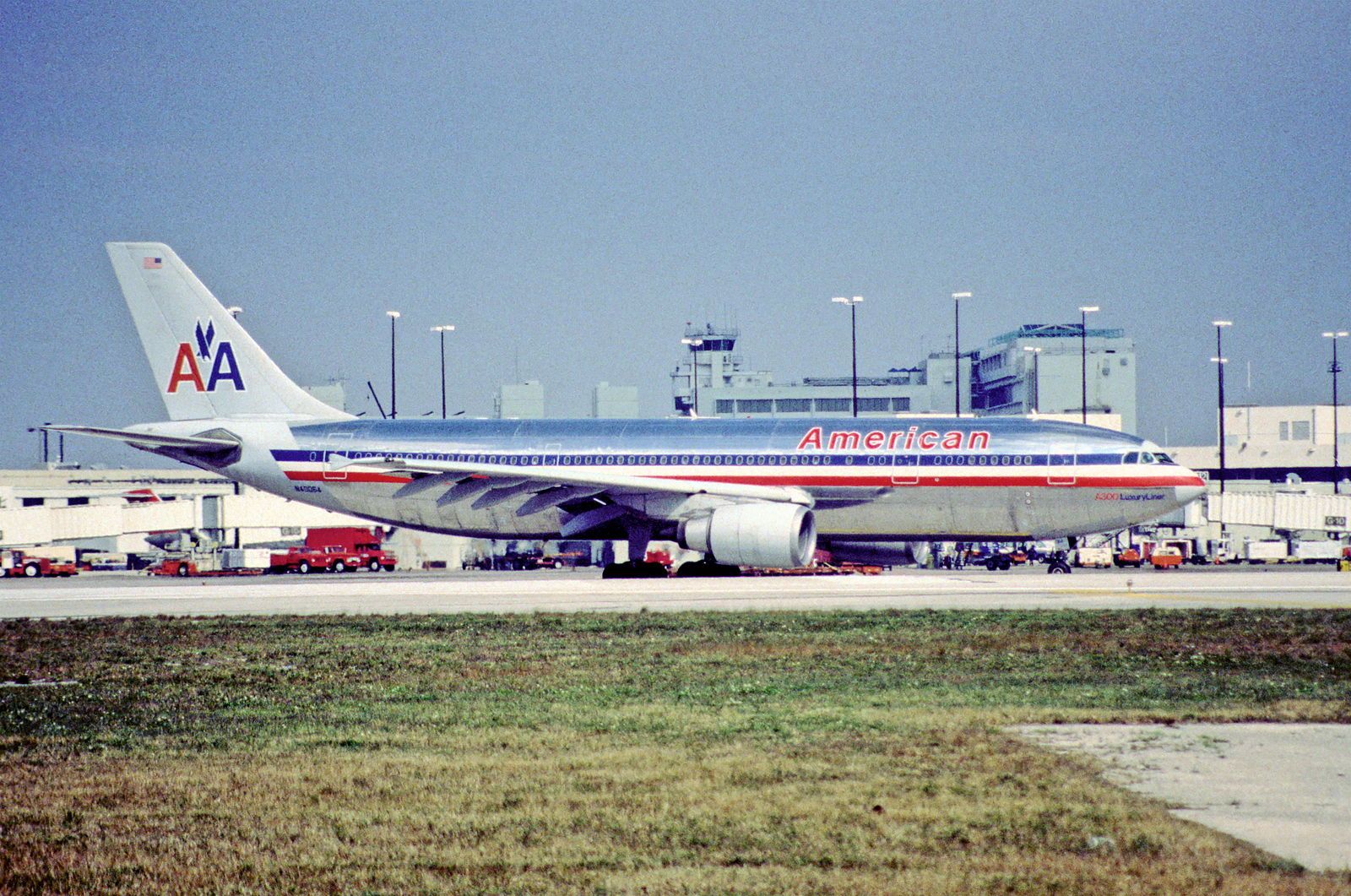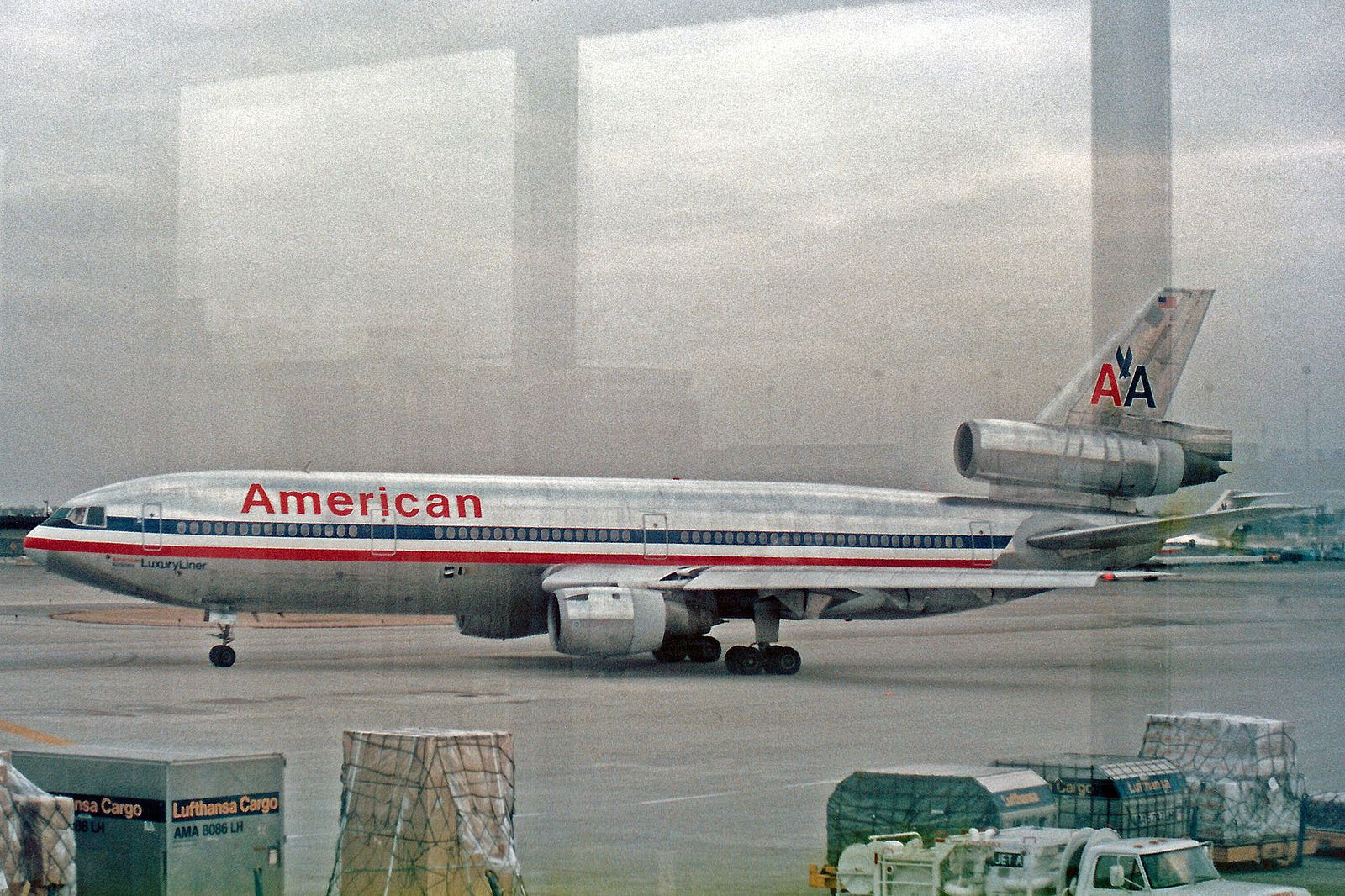Summary
- Fatal aviation accidents lead to crucial industry-wide safety reforms, forcing airlines and manufacturers to learn from past mistakes.
- Tragedies have shown that human error, weather conditions, and technical malfunctions can all contribute to disasters.
- Investigations into deadly crashes can take years to complete, highlighting the intricate process of determining the causes.
Although aviation has evolved significantly over the years, many advancements have unfortunately come from tragedies. These incidents have become more rare, but as investigations have ensued after each one, airlines, pilots, and manufacturers have learned from the mistakes.
Human error is to be blamed for nearly all deadly aviation-related accidents, but in more recent years, computer malfunctions have caused crashes, such as the high-profile Boeing 737 MAX tragedies. Even though computer errors occur, they can still be attributed to humans, who, of course, developed the technology.
Weather has also unfortunately been blamed for some accidents, prompting officials to learn how to better navigate challenging scenarios. Some of the deadliest accidents in the last few decades have each resulted in over 140 deaths.
These fatalities, however, do not just involve people onboard. Depending on the impact of the crash, some people on the ground have died from explosions or fire. Many incidents take years for a full investigation to be completed.
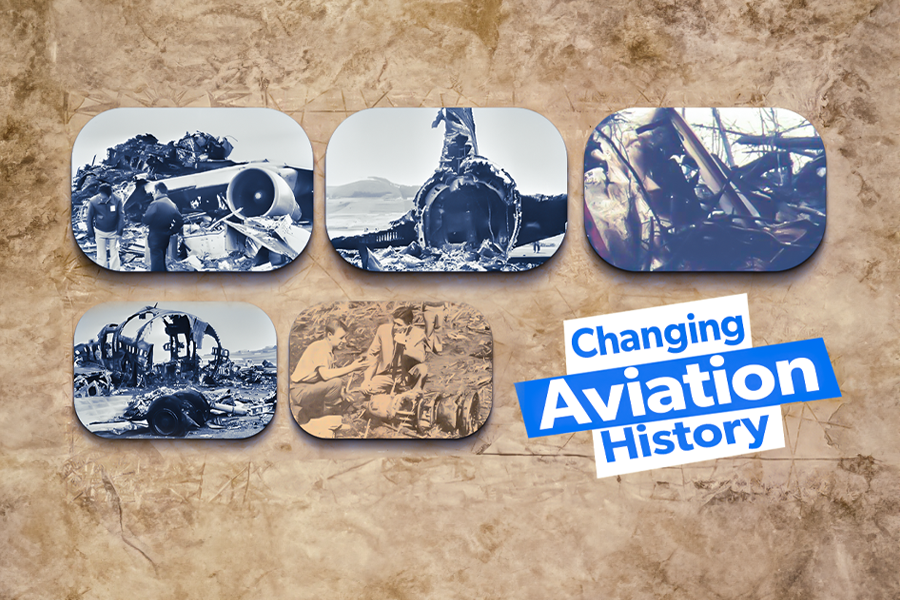
Read More
History: 5 Plane Crashes That Prompted Widespread Aviation Safety Reforms
Throughout the history of aviation, safety rules have been, unfortunately, written in blood.
Across the five deadliest aviation accidents, there have been more than 1,000 fatalities, according to the Aviation Safety Network. These tragedies involved McDonnell Douglas, Airbus, and Boeing aircraft.
American Airlines unfortunately has two accidents under its belt, while the other three involve Trans World Airlines (TWA), Northwest Airlines, and Pan American World Airways (Pan Am).
5
Pan Am 759
July 9, 1982
Pan Am flight 759 was a scheduled flight that originated at Miami International Airport (MIA) and was headed to then-McCarran International Airport (LAS) in Las Vegas. The flight, operated by a 727-200, had a stopover at then-New Orleans International Airport (MSY).
Once the aircraft was taxiing from its gate at MSY, the pilots received an ATIS message that said, “…time one eight five five Zulu, weather, two thousand five hundred scattered, two five thousand thin broken, visibility six miles in haze, temperature niner zero, wind two four zero at two, winds are calm altimeter three zero zero one…” This prompted the flight crews to request takeoff to be from Runway 10.
After receiving last-minute wind reports, the pilots were also notified that another aircraft reported low-level wind shear near the northeast area of the airport.
At around 16:00, the plane began its takeoff roll and was airborne about 7,000 feet down the runway when it became airborne. Once it reached an altitude of between 100 and 150 feet, it started to descend toward the trees. The aircraft crashed into a residential area and was destroyed on impact, which resulted in an explosion and fire. Eight people on the ground were killed.
The National Transportation Safety Board (NTSB) determined the probable cause of the crash was a microburst that induced wind shear, which imposed a downdraft on the aircraft. Investigators also found that there was limited capability to detect ground-based low-level wind shear at the time.
|
Aircraft |
Fatalities |
Occupants |
Other Fatalities |
Aircraft Damage |
|---|---|---|---|---|
|
Boeing 727-200 |
145 people |
145 people |
8 people |
Destroyed, written off |
4
Northwest Airlines 255
August 16, 1987
Northwest flight 255 was operated by a MD-82, and crashed onto a road after takeoff from Detroit Metropolitan Wayne County Airport (DTW). The flight was headed to Phoenix Sky Harbor International Airport (PHX) with 149 passengers and six crew members onboard.
After pushing back from its gate, the aircraft was cleared to “taxi via the ramp, hold short of (taxiway) delta and expect runway three center [3C] (for takeoff)…” However, the pilots did not properly configure the aircraft for takeoff. Once it began its takeoff roll and eventually rotated, the pilots were notified of a stall warning in the cockpit.
The plane began to roll to the left, hitting a light pole in a rental car lot with its left wing. It continued to travel across the lot, striking another light pole and the sidewall of the roof of a car rental facility.
As it continued to crash into other elements in its path on the ground, the plane disintegrated and erupted into flames. Two people on the ground died. Miraculously, one person onboard survived.
|
Aircraft |
Fatalities |
Occupants |
Other Fatalities |
Aircraft Damage |
|---|---|---|---|---|
|
McDonnell Douglas MD-82 |
154 people |
155 people |
2 people |
Destroyed, written off |
3
TWA 800
July 17, 1996
A Boeing 747-100 operated by TWA as flight 800 was enroute from John F. Kennedy International Airport (JFK) to Charles de Gaulle Airport (CDG) in Paris, France. The plane had arrived from Athens, Greece, and was refueled but delayed because of a disabled piece of ground equipment.
Once the plane finally took off from Runway 22R, it began to climb to 13,000 feet. About 10 minutes after take off, the captain noticed an unusual indication, signifying low fuel.
“Look at that crazy fuel flow indicator there on number four .. see that?” they said. The crew was then instructed to climb to 15,000 feet, prompting an acceleration of the engines. A few minutes later, a loud sound was heard, and the cockpit recorder stopped recording.
Pilots on a 737 nearby reported seeing an explosion. The plane had broken up midair and crashed into the sea about eight miles off the coast. Investigators determined the cause of the crash was an explosion of the aircraft’s center wing fuel tank, most likely caused by a short circuit outside the tank.
|
Aircraft |
Fatalities |
Occupants |
Other Fatalities |
Aircraft Damage |
|---|---|---|---|---|
|
Boeing 747-100 |
230 people |
230 people |
0 people |
Destroyed, written off |
2
American Airlines 587
November 12, 2001
American flight 587 was bound for Santo Domingo, Dominican Republic, from JFK. The flight was operated by an A300-600. Upon takeoff, the crew was alerted by air traffic control of wake turbulence. The plane lifted off Runway 31L and began to climb to around 5,000 feet.
The first officer called for max power and the application of full right and left rudder. This resulted in the entire vertical stabilizer separating from the plane, which caused an uncontrolled descent. Both engines subsequently detached from the wings, leading the aircraft to crash into a residential area in Queens.
The crash’s probable cause was the first officer’s unnecessary and excessive rudder pedal inputs. The A300’s rudder system design and elements of American’s Advanced Aircraft Maneuvering Program contributed to the accident.
|
Aircraft |
Fatalities |
Occupants |
Other Fatalities |
Aircraft Damage |
|---|---|---|---|---|
|
Airbus A300-600 |
260 people |
260 people |
5 people |
Destroyed, written off |
1
American Airlines 191
May 12, 1979
American flight 191 is the worst aviation accident in US history. The flight was operated by a DC-10 and crashed on takeoff from Chicago O’Hare International Airport (ORD). It was bound for Los Angeles International Airport (LAX).
During the plane’s rotation on Runway 32R, its number one engine pylon separated and went over the top of the wing. This subsequently caused a stall, which crashed into an open field about 4,600 feet northwest of the departure location.
It was caused by unintended structural damage, which happened when a forklift was reinstalling the number one engine. Further inspections on other DC-10 pylon mounts revealed that nine aircraft had cracked mounts. A total of 273 people died.
|
Aircraft |
Fatalities |
Occupants |
Other Fatalities |
Aircraft Damage |
|---|---|---|---|---|
|
McDonnell Douglas DC-10-10 |
271 people |
271 people |
2 people |
Destroyed, written off |
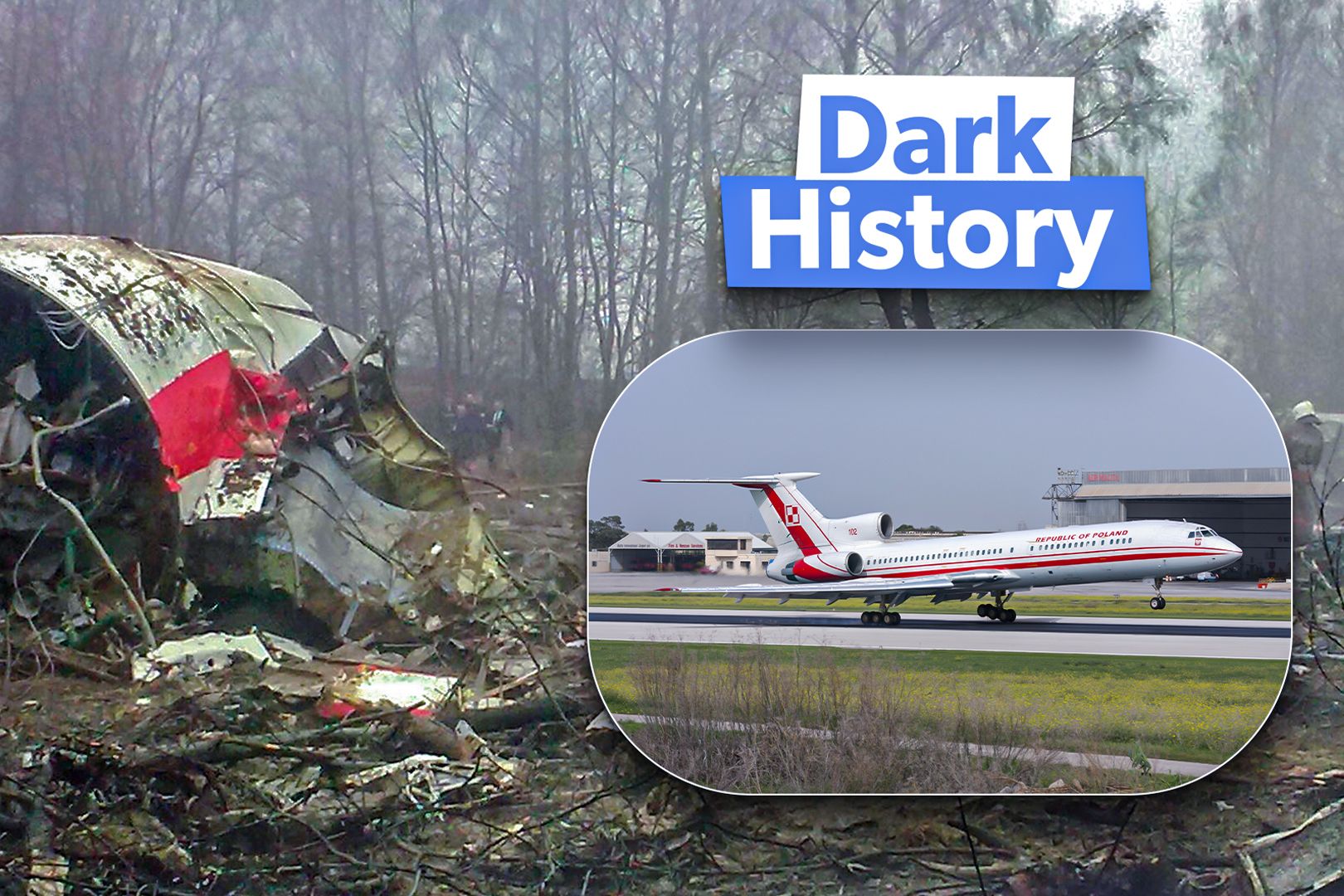
Read Next
History: 5 Heads Of State Killed In Plane Crashes
Various heads of state have died in plane crashes, from being shot down to fog and technical malfunctions.

